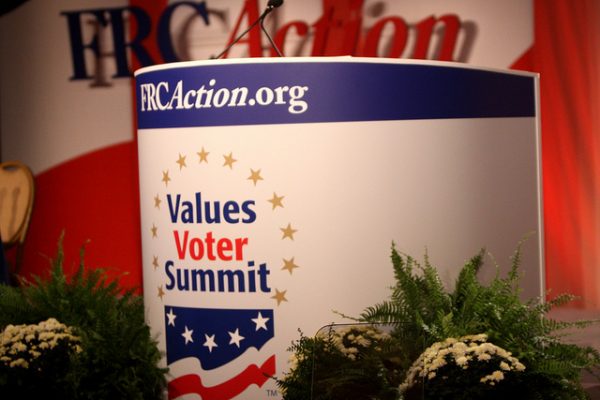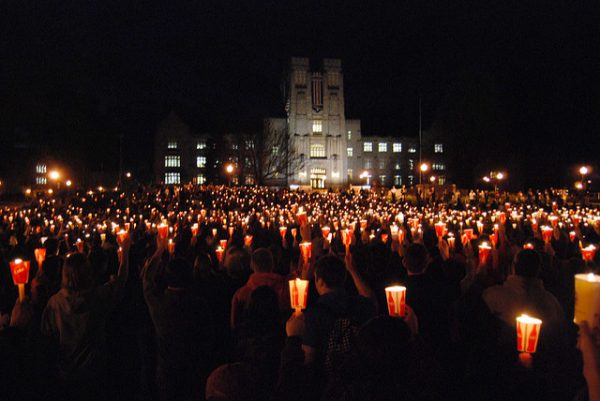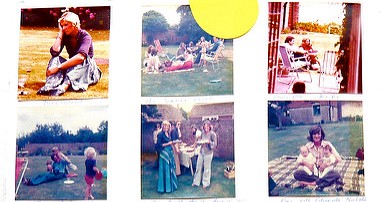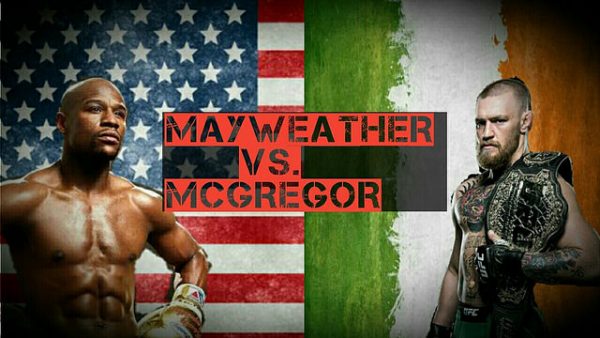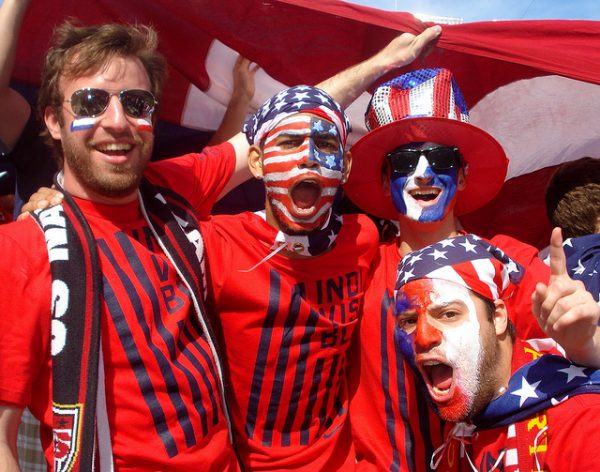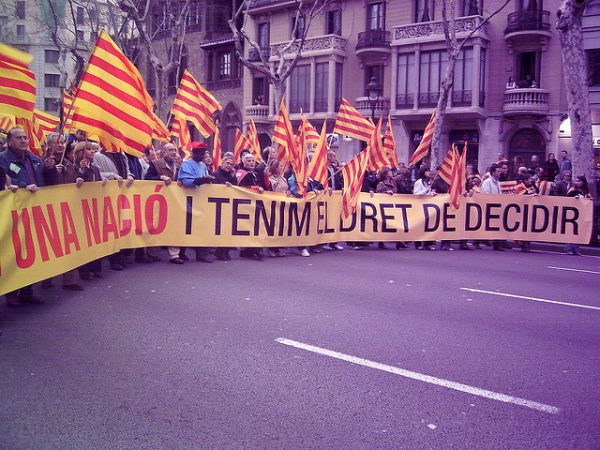
Recent events in Burma, the United States, and Spain have shown how appeals to nationalism can initiate or heighten violence. Nationalist ideologies, however, look quite different in each of these countries, and many countries with strong national identities do not experience these types of conflict at all. Sociological research helps explain how nationalism develops differently from one country to the next and the consequences that result.
Nationalism is a particularly strong form of identification, as it can surpass personal connections and reinforce a shared bond throughout the borders of a nation. Social identity can help people define their place in the world, and nationalism can provide a positive way through which to do so. It can also be used to advocate for national-scale interests on a global level, promoting diverse perspectives in international institutions. This is especially true when a country was created through a more spontaneous process, where national identity develops simultaneously with the broader identity formation of groups already living in a particular area.
- Craig Calhoun. 2007. Nations Matter: Culture, History, and the Cosmopolitan Dream. New York: Routledge.
But the path to nationhood isn’t always so organic. Many nations were originally created through decades or centuries of violence and oppression. In other words, national identity works differently when it interacts with different kinds of state power. A majority of countries in the Global South began with ambiguously drawn borders created with the intent of domination. In such states, nationalism stems from (oftentimes violent) renegotiations of identity following foreign rule.
- Ronald Aminzade. 2013. “The Dialectic of Nation-Building in Post-Colonial Tanzania.” The Sociological Quarterly 54: 335-366.
- James Ferguson. 2006. “Paradoxes of Sovereignty and Independence: ‘Real’ and ‘Pseudo’ Nation-States and the Depoliticization of Poverty.” Pp. 50-68 in Global Shadows: Africa in the Neoliberal World Order. London: Duke University Press.
These different pathways to nationhood result in dramatically different forms of nationalism across the globe. Civic nationalism, for example, is based on citizenship as the root of belonging, while ethnic nationalism is grounded in ethnic identity. Ethnic nationalism tends to be more prominent in nations that have experienced more conflict over time. It can also be more exclusionary, with some studies finding lower tolerance for immigrants in more ethnically-nationalist societies. These two forms can also blend together, as civic nationalism can express quieter assumptions about ethnic belonging.
- Rogers Brubaker. 1992. Citizenship and Nationhood in France and Germany. Cambridge: Harvard University Press.
- Wesley Hiers, Thomas Soehl, and Andreas Wimmer. 2017 “National Trauma and the Fear of Foreigners: How Past Geopolitical Threat Heightens Anti-Immigration Sentiment Today.” Social Forces 96(1):361-388.
- Gary Gerstle. 2001. American Crucible: Race and Nation in the Twentieth Century. Princeton, NJ: Princeton University Press.

